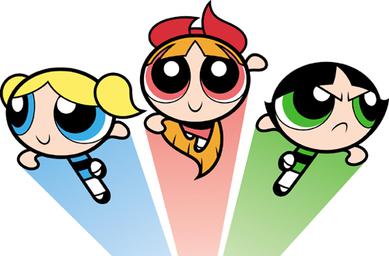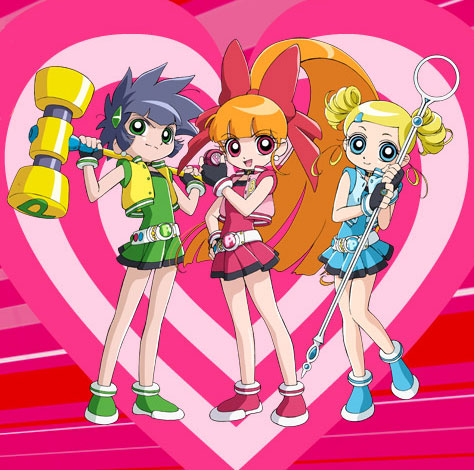“‘Alllooksame’? Mediating Asian American Visual Cultures of Race on the Web”, Lisa Nakamura (13)
vs.
“Secret Asian Man: Angry Asians and the Politics of Cultural Visibility”, Yasha G. Oren (17)
I was immediately drawn to article on alllooksame.com, as it opened with internet usage and I’m a true nerdy tech. Because I’ve been a constant computer and internet user for about ten years now I’ve spent a lot of time surfing through the weird, entertaining, and educational nooks and crannies of the internet. And yet, while reading this article, I was realizing how visually influenced my browsing was by white culture unless I was specifically going against that (and unfortunately for the majority of my years on the internet, I had yet to find those resources and have them be apart of my usual browsing). However, as soon as I began reading this article I thought of one predominant internet uses; the claimed “take off”of the internet (that also happens to be another HUGE can of worms that I am not going to open right now): porn. Because I’m writing this at work I can’t really search for the online articles on the portrayals of women of color in pornography nor those written on the entire sub-genres which fetishize Asian American women (even though the articles themselves are safe, I worry about other NSFW results. Yikes.) To sum up my train of thought without linking the articles: If a large part of the internet is accessible porn and if, with the lack of sex ed in schools (another can to be opened later), porn is a big “teacher of sexuality”, then these genres which portray Asian American women in a very aggressively fetishized way are making up a large part of the visual Asian American “culture” despite the actual, authentic representations by Asian Americans.
And then there are the websites which debate this depiction instead of affirming (a concept constructed on page 265). One of which being alllooksame.com, which challenges its audience to question their “imagining of Asianness”. A quote I found particularly important when considering the necessity for those who are racially oppressed to have accurate representation they determine authentic is on page 268: “The site exposes the participation of the user in this construction; it shows how individual acts of viewing and ‘typing’ or clicking create race just as surely as do large institutions such as schools, medial establishments, and the law.” The article also mentions the difference between Life magazine’s WWII publication of how to identify Japanese people through racist text of visuals )page 269). Because both the article and the magazine contain images that prompt the audience to try and identify what visually constitutes as Japanese or Chinese (and with the website- or Korean), the difference is in the intent. And from the intent comes the consequential results. With Life magazine, the intent was to truly make people believe they had the answer to identify (and that the necessity of identification was appropriate). The results of this belief were and are harmful, racist, and in some case even deadly. The website’s intentions oppose what the magazine taught: you cannot pin-point exact features to create another person’s identity. The results of the website lead us to realizing that we are wrong.
Another website which debates instead of affirm these depictions is discussed in chapter 17′s article on webcomic Secret Asian Man. The webcomic not only challenges stereotypes applied to Asian men and the fetich of Asian pop culture but it was also written in a way that cut it up into bite sized pieces for the all-consuming white audience. For instance, the article mentions films Come See the Paradise and Snow Falling on Cedars are “not so much experienced as witnessed by the narratives’ white male protagonists, mirroring what a cautious film industry imagines to be its ‘general’ audience” (page 342). When I saw these films I felt the same way; disenchanted that the “safe” thing to do is create for a white audience which implies that the anger of a white audience is more relevant than the anger of people of color. Secret Asian Man (or SAM) uses comedy as the vehicle for responses to racist stereotypes of Asian Americans. (Just the title itself negates the stereotype of submissive, docile Asians and with anger so often equated to masculinity it also challenges the idea of the emasculated Asian American man.) The article also talks a little bit about the “bad form” of anger and how it is seen as a loss of self-control. In this sense, anger is seen as a double-standard depending on who is angry (page 344). In these ways this website, along with alllooksame.com challenge the visibility we see when it comes to Asian Americans online.
16. “Apu’s Brown Voice: Cultural Inflection and South Asian Accents”, Shilpa Davé .
This article made me questions a lot of things when it comes to acting and fictional characters. For instance, Bart Simpson character is voiced by female Nancy Cartwright. I thought of Bart/Nancy specifically because in our seminar’s small group discussion part of what was talked about what money and casting being a part of who gets picked. One can assume that with Azaria playing so many chracters on the Simpsons that he is a very talented voice actor, and some in our small group asked “why hire someone else for one role when another person can play them all?”. However, I think the difference comes with the history and the misrepresentation.
The article talks about the use of blackvoice or brownvoice and its history with radio shows. The use of these sound affectations is in the way we begin to accept them as the accent which erases the many different parts of a place (such as India or the use of an “all-inclusive” Asian accent) but it also attributes the having of an accent to the being of the Other. While European accents are seen as sexy or hot, the historical use of blackvoice, brownvoice, yellowvoice, etc. has been to make fun of the people its portraying. So while the character of Apu does have his examples of being a political vehicle in the fictional Springfield (pages 322-323) and may break some stereotypes he still held the position of the only representation of Indian Americans for quite some time. And that representation was inappropriate and comedic. “In other words, the way you speak determines the way you are treated and the community to which you belong even before you are visually recognized” (page 328).
Language by those who have been deemed as the Other has been a part of culture that was forcefully stomped out. This article not only reminded me of immigrants who felt the pressured necessity to learn English and did not feel comfortable speaking their native language out of their home or community, but also of the Deaf community. Similarly to the way Native Nation children were forced into Indian schools that punished them for using their native language, there was a time when Deaf schools did not allow sign language and instead forced the children to practice oralism (reading lips and learning to speak without “Deaf accent” which has been proven to be not work Arden Neisser and Oliver Sacks both have books on this cruel practice). In both instances, English was forced upon those who did want to use and who did not benefit from it. So to have a character on television representing these groups who have, for so long, been ridiculed and oppressed for their accent who, at the end of the day, gets to hang up that accent on a shelf and walk out of the studio without it? Not okay!!
Indian American television writer and comedian Hari Kondabolu did a segment on Apu and the representation of Indian Americans on television. After this segment, an article by Huffington Post (September 2013) was post out stating that the voice-actor of Apu (done by white Hank Azaria) saw this and commented. That article can be found by clicking here. And then Kondabolu responded on his Tumblr, and to see this you can click here. His Tumblr post DOES include the original video segment where Kondabolu calls Azaria out.












